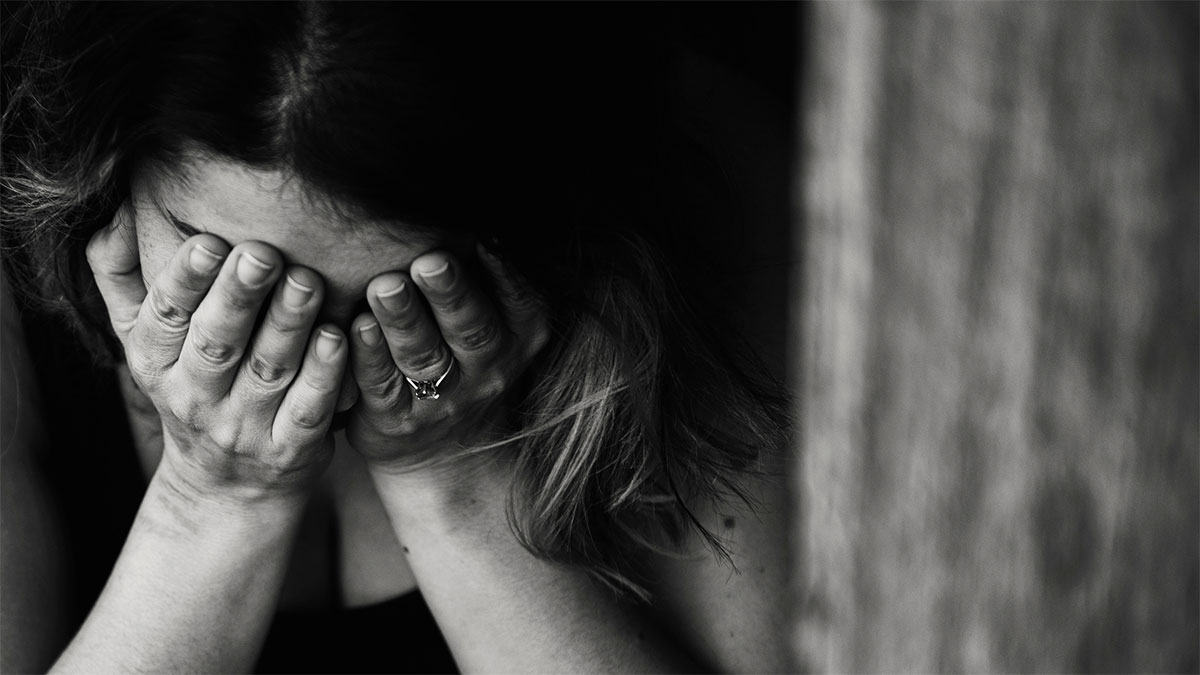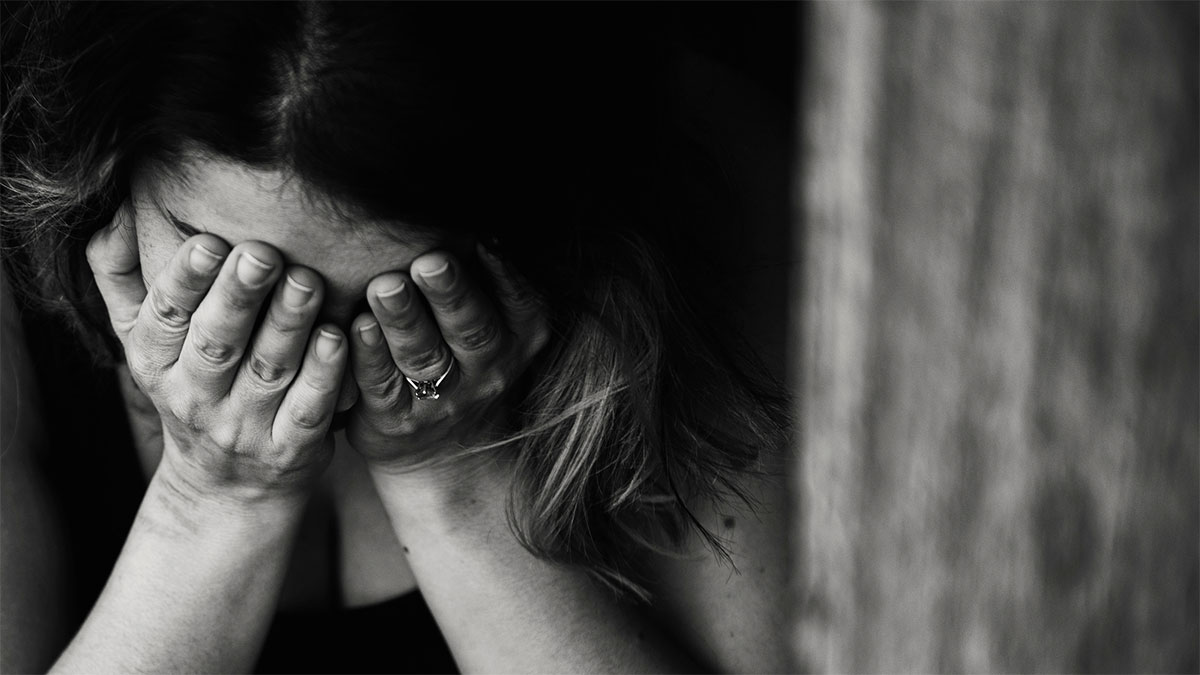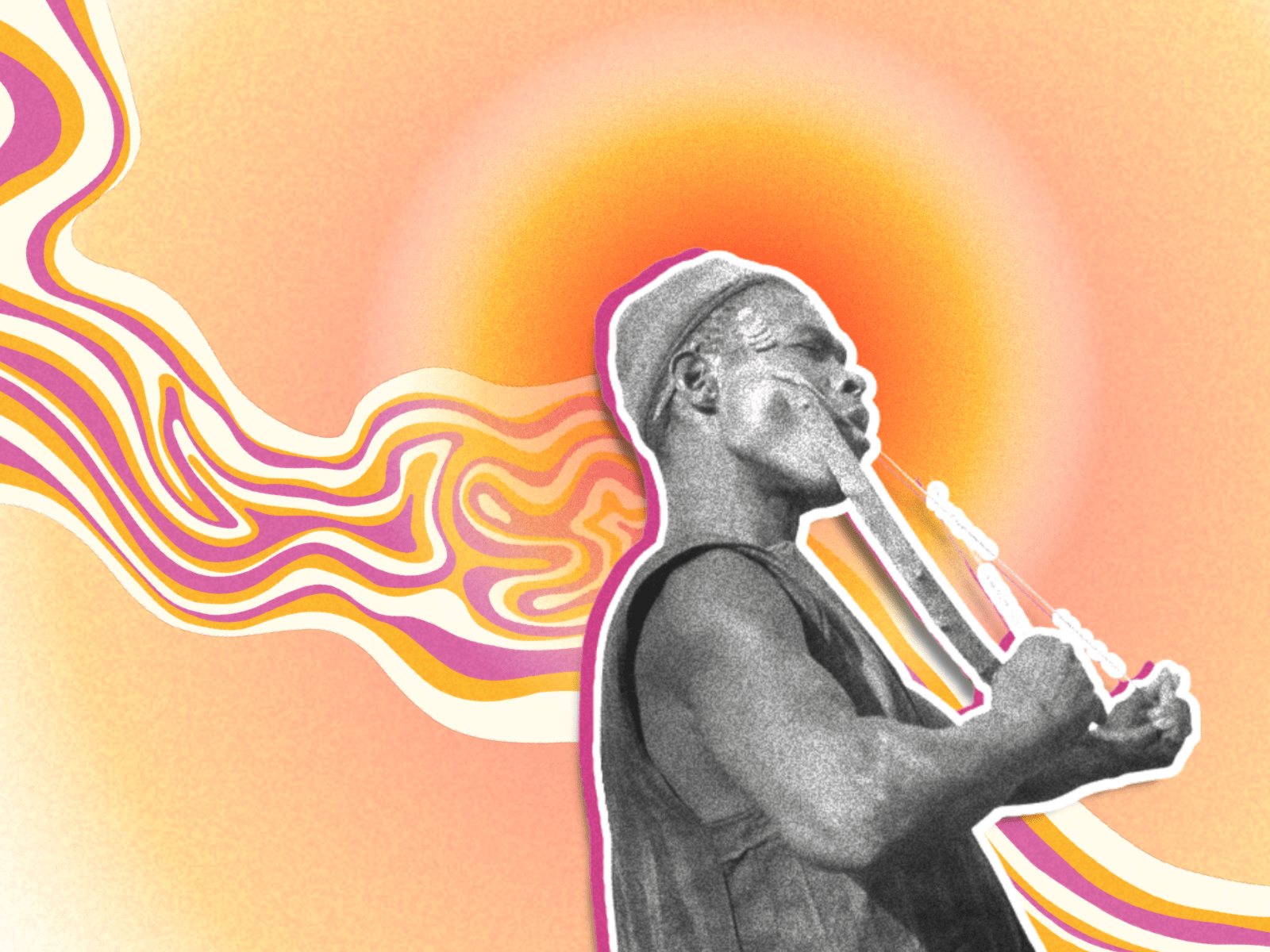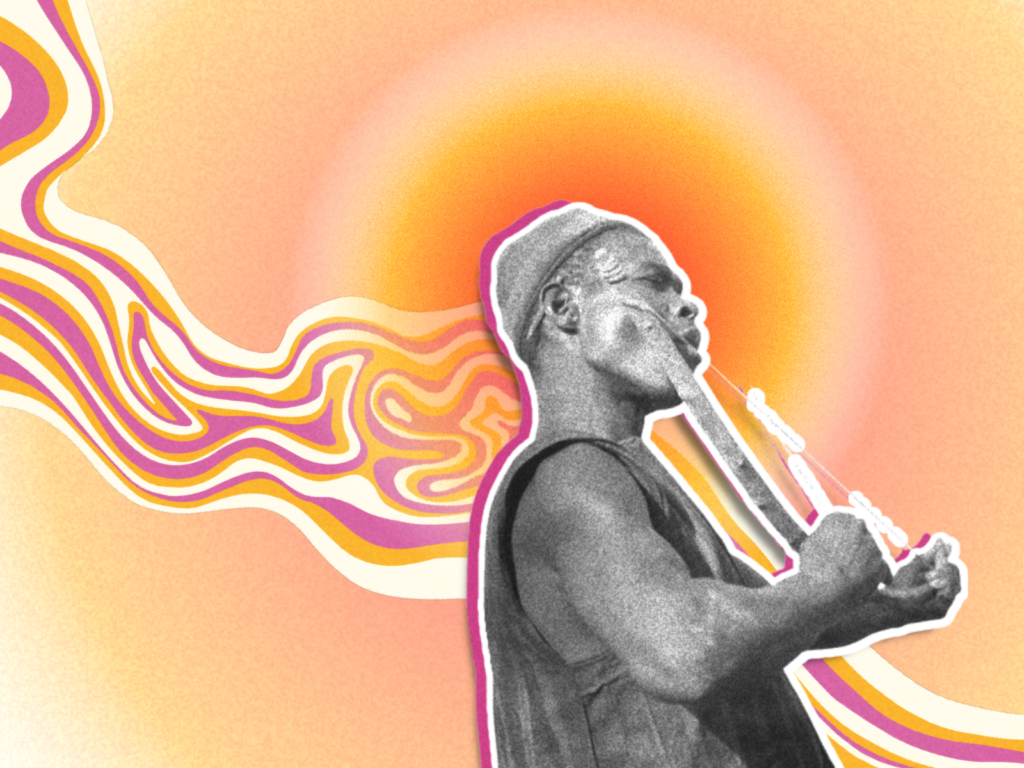mr peabody
Bluelight Crew
- Joined
- Aug 31, 2016
- Messages
- 5,714
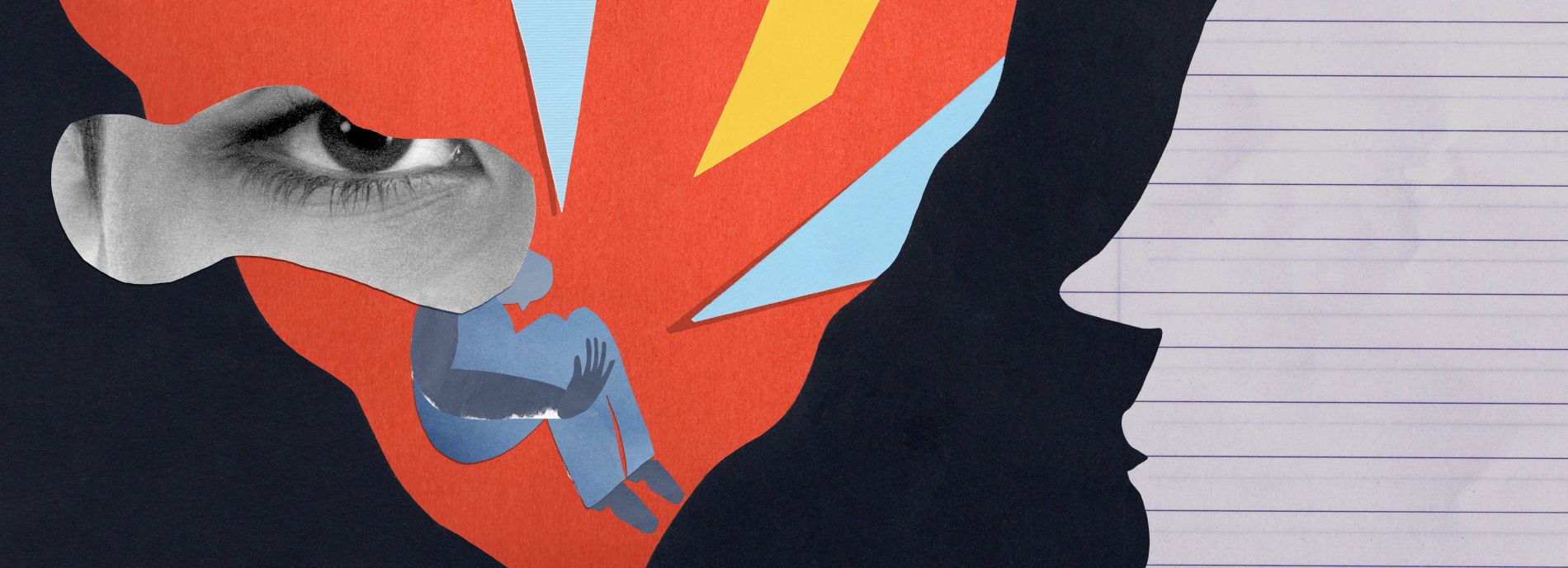
At the Intersection of Autism and TraumaAutism and post-traumatic stress disorder share many traits, but the connection between them was largely overlooked until now.
by Lauren Gravitz | SPECRUM NEWS
Having autism can sometimes mean enduring a litany of traumatic events, starting from a young age. And for many, those events may add up to severe and persistent post-traumatic stress disorder (PTSD).
Before Gabriel could even talk, his father’s girlfriend at the time told him his mother had abandoned him. At age 3, he was sexually abused by a cousin. He was mercilessly bullied once he started school, showed signs of depression by age 7 and by 11 began telling his mother he did not want to live. About three years ago, while at summer camp, he almost drowned. Shortly after that, he experienced life-threatening heatstroke when he went to get his Legos from the car trunk and accidentally locked himself in. Six months ago, just after his grandmother died, he attempted suicide.
“He’s been hurt and had so much disruption in his life that he’s having problems realizing that he has stability now,” says his mother, Kristina. (Kristina and Gabriel’s last names have been withheld to protect the family’s privacy.) “The world is chaotic and crazy for typically developed people. For him, it’s overwhelming and confusing.” Gabriel, now 13, started seeing a therapist about five years ago and last year was diagnosed with PTSD.
Gabriel’s autism was a contributing factor in most of the harrowing incidents he went through. Clinicians suspect that the condition increases the risk for certain kinds of trauma, such as bullying and other forms of abuse. Yet few studies have investigated that possibility or the psychological aftermath of such trauma, including PTSD.
“We know that about 70 percent of kids with autism will have a comorbid psychiatric disorder,” says Connor Kerns, assistant professor of psychology at the University of British Columbia in Vancouver, Canada. Depression, anxiety and obsessive-compulsive disorder are all known to be more common among autistic people than in the general population, but PTSD had largely been overlooked. Until a few years ago, only a few studies had delved into the problem, and most suggested that less than 3 percent of autistic people have PTSD, about the same rate as in typical children. If that were true, Kerns points out, PTSD would be one of the only psychiatric conditions that’s no more common in people with autism than in their typical peers.
One potential explanation, Kerns says, is that, like other psychiatric conditions, PTSD simply looks different in people with autism than it does in the general population.
“It seems possible to me that it’s not that PTSD is less common but potentially that we’re not measuring it well, or that the way traumatic stress expresses itself in people on the spectrum is different,” Kerns says. “It seemed we were ignoring a huge part of the picture.”
Kerns and a few other researchers are trying to get a better understanding of the interplay between autism and PTSD, which they hope will inform and shape treatment for young people like Gabriel. The more they dig in, the more these researchers are finding that many autistic people might have some form of PTSD. “We’re all just trying to put together the pieces and recognize that it’s an important area that requires further study,” she says. “It’s been a call to arms for the field to start looking at this.”
These researchers have their work cut out for them. In the typical population, PTSD is fairly well defined. According to the Diagnostic and Statistical Manual of Mental Disorders, or DSM-5, psychiatry’s guide to diagnoses, PTSD usually develops after someone sees or experiences a terrifying or life-threatening event. After that initial episode, any reminder of it can trigger panic, extreme startle reflexes and flashbacks. Beyond that, however, there’s a wide variety in the way PTSD manifests: It can lead to hypervigilance and anger; it can cause recurring nightmares and other sleep issues; or it can lead to depression, persistent fear, aggression, irritability or difficulty concentrating and remembering things.
“If you do the math, according to the PTSD criteria in the DSM-5, you can have 636,000 different combinations of symptoms that that describe PTSD,” says Danny Horesh, head of the Trauma and Stress Research Lab at Bar-Ilan University in Ramat Gan, Israel. Given all the traits in people with autism that may overlay these permutations, “you have a lot of reason to think that their version of PTSD might be very different,” he says.
Preliminary studies are just beginning to confirm that idea and to show that what constitutes trauma may be different in people on the spectrum. Together with Ofer Golan, an autism expert at Bar-Ilan, and others, Horesh has begun investigating where PTSD and autism converge. The group has recruited upwards of 130 participants, including students and some people diagnosed with autism, and tried to determine where they fall on the spectrum and whether they have any traditional signs of PTSD.
Abuse, sexual assault, violence, natural disasters and wartime combat are all common causes of PTSD in the general population. Among autistic people, though, less extreme experiences — fire alarms, paperwork, the loss of a family pet, even a stranger’s offhand comment — can also be destabilizing. They can also be traumatized by others’ behavior toward them.
“We know from the literature that individuals with autism are much more exposed to bullying, ostracizing, teasing, etc.,” Golan says. “And when you look in the clinic, you can see that they’re very sensitive to these kinds of events.” Among autistic students, Golan and Horesh have found, social incidents, such as ostracizing, predict PTSD more strongly than violent ones, such as war, terror or abuse, which are not uncommon in Israel. Among typical students, though, the researchers see the opposite tendency.
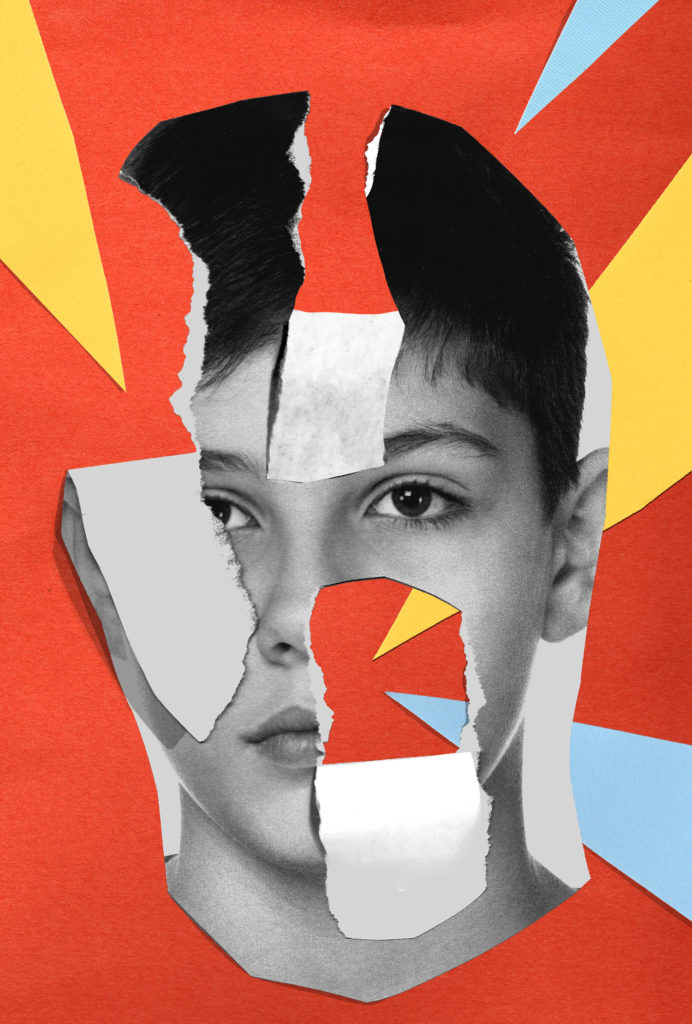
Given these differences, and the communication challenges autistic people often have, their PTSD can be particularly difficult to recognize and resolve.
“It’s so absurd that there are such excellent treatments for autism today, and such excellent treatments for PTSD today, and so much research on these interventions. But no one to date has connected both,” Horesh says. “How do you treat PTSD in people with autism? No one really knows.”
Characterizing the convergence
It can be difficult to treat autism and PTSD separately in people who have both conditions, because the boundaries between the two are often so blurry. And that may, ironically, be the key treating them. In other conditions that overlap with PTSD, as well as those that overlap with autism, researchers have found that it is most effective to develop therapies when they look at both conditions simultaneously.
PTSD and substance misuse, for instance, often co-occur, but for decades no one understood the dynamics between them. Once clinicians began to develop and study treatments for both at the same time, however, they were able to create a tailored and effective program that eases both conditions. “This is our model,” Horesh says. “Prove that something is co-morbid, determine why, and then develop interventions for this specific group — good interventions, accurate interventions.”
The researchers are uncovering some important overlaps between autism and PTSD in their studies. In a group of 103 college students, for instance, they found that students who have more autistic traits also have more signs of PTSD, such as avoiding sources of trauma and negative changes in mood. “The highest-risk group of one was also the highest risk group in the other,” Horesh says.
The researchers also found some unexpected trends: The association between PTSD symptoms and autism traits is, for as yet unknown reasons, stronger in men than in women, even though typical women are two to three times more likely to develop PTSD than are typical men; that gender bias might eventually inform treatments. And people with more autistic traits display a specific form of PTSD, one characterized by hyperarousal: They may be more easily startled, more likely to have insomnia, predisposed to anger and anxiety, or have greater difficulty concentrating than is seen in other forms of PTSD. "Recognizing this subtype could be particularly helpful for spotting and preventing it, and for developing treatments," Horesh says, especially because the same traits might otherwise be mistakenly attributed to autism and overlooked. "We know that each PTSD has a different color, a different presence in the clinic,” he says.
Given the low reported rates of PTSD in people with autism, Kerns questions whether the DSM-5’s criteria for PTSD are sensitive enough to detect its signs in this population and wonders whether clinicians need to be on the lookout for a different subset of both causes and features.
Kerns and her colleagues are interviewing autistic adults and children — as well as guardians of some less verbal autistic people — to find out more about what, for them, constitutes trauma. So far, they’ve interviewed 15 adults and 15 caregivers. What she’s learned, she says, is that it’s necessary to check any assumptions at the door. “You want to be cautious about applying neurotypical definitions — you could miss a lot,” she says.
In speaking with participants about causes of trauma, she has heard “everything from sexual abuse, emotional abuse and horrendous bullying, to much broader concepts, like what it’s like to go around your whole life in a world where you have 50 percent less input than everyone else because you have social deficits. Or feeling constantly overwhelmed by sensory experience — feeling marginalized in our society because you’re somebody with differences.” In other words, she says, “the experience of having autism and the trauma associated with that.”
One parent Kerns spoke with had moved to a shelter with her autistic son to escape intense domestic violence. Her son had witnessed the abuse but seemed more affected by the move, the change in his routine and sudden loss of the family pet, which had to be left behind, than by the violence. He began to hurt himself more than he had before, and to ask repetitively for the pet, Kerns says. “Three years later he was still asking for the pet,” she says, “because the pet was one of the few relationships and connections with another being that he had.”
In another instance, a 12-year-old boy she interviewed refused to go to school and was hospitalized for threatening self-harm; the root of his trauma turned out to be ear-piercing fire drills. For a 53-year-old woman she talked to, crippling, traumatic stress resulted from the paperwork she needs to fill out every year to qualify for housing and other types of assistance.
How PTSD manifests in autistic people can also be unexpected, and can exacerbate autistic traits, such as regression of skills or communication, as well as stereotyped behaviors and speech. Based on these observations, Kerns and her collaborators plan to create autism-specific trauma assessments to test on a larger scale.
“The way traumatic stress expresses itself in people on the spectrum may be different.” - Connor Kerns
Treating the individual
This line of research is still in its earliest days: It is still difficult to tease apart correlation from causation. In other words, does autism predispose someone to post-traumatic stress, or are people with autism more vulnerable to experiencing traumatic events? Or both? Scientists simply don’t know the answers yet — although some studies do indicate that autistic children are more reactive to stressful events and, because they lack the coping skills that help them calm down, perhaps predisposed to PTSD.
Even when trauma is known and documented, however, treating someone on the spectrum is easier said than done. When children are nonverbal or simply view the world differently, practitioners can struggle to find the most effective way to help them work through their experiences.
“There’s some evidence that children on the spectrum tend to interpret questions differently, and in a more literal way, or that they tend to be more avoidant of questions about their trauma than typically developing children,” says Daniel Hoover, a clinical child and adolescent psychologist at the Kennedy Krieger Institute’s Center for Child and Family Traumatic Stress in Baltimore. “So they need measures that are more suited or adapted for children on the spectrum, which don’t really exist or are in development.”
One of the most effective treatments for PTSD, at least in children and adolescents, is trauma-focused cognitive behavioral therapy. This treatment takes a multi-pronged approach that involves both children and their parents or guardians in talk therapy and education: All of them learn what trauma is, how to navigate potentially tricky situations, and about communication tools and calming techniques for moments of distress. Clinicians prompt the affected children to talk through the traumatic experience in order to help them take control of the narrative, reframe it and make it less threatening. But in children with autism, who may be less verbal than typical children or simply less inclined to delve into the memories over and over again, such an approach can prove especially challenging.
“There are a number of core features of autism that make usual psychotherapies somewhat more complicated,” Hoover says. Typical children tend to be reluctant to talk about their traumatic experiences, but they generally give in because they know it’s good for them, he says. “Children on the spectrum are often less willing — because they’re exceedingly anxious, and because they’re not able to see the forest for the trees.” He notes that autistic children can be so keyed into the present, and so tied to routine, that they have a difficult time participating in treatment that intensifies their anxiety in the moment, even when they know it might help in the long run.
In working with these children, clinicians have also found it particularly tricky to separate the child’s understanding of a potentially traumatic event from that of their parents, who can walk away from an event with a completely different interpretation. To peel back these layers, Hoover and his colleagues at Krieger have developed a graphic, interactive phone app to help children — even minimally verbal children — use images to report experiences and the emotions associated with them. (The group is now in negotiations with a publisher and hopes to make the app publicly available within a couple of years.)
Children on the spectrum also usually take far longer to show improvement than their typical peers do. “It takes them longer to buy into it and feel comfortable, and takes them longer to integrate the concepts,” Hoover says.
That has certainly proven true for Gabriel. He is slowly making progress under Hoover’s care, Kristina says, but it has taken a long time for him to open up. “There were days when he’d sit in that chair at stare at Dr. Hoover and didn’t answer him,” she says.
After the death of his grandmother earlier this year, Gabriel became intensely afraid that Kristina might die too. When Hoover tried to talk with the boy about it, Gabriel shut down and wouldn’t engage. But just the other week, his mother says, Gabriel finally opened up. “He and Dr. Hoover bounced ideas off each other: How can we deal with these thoughts? How do we redirect them?” The dialogue showed Gabriel was gaining mastery over his story, transforming it from an overwhelming memory to something more manageable.
Just a few weeks ago, Gabriel told his mother that he worried he might try to kill himself again, and asked for her help. “Before, I had to dissect what was going on, but now Gabriel is using his words,” Kristina says, “It is a huge improvement from where he used to be.”
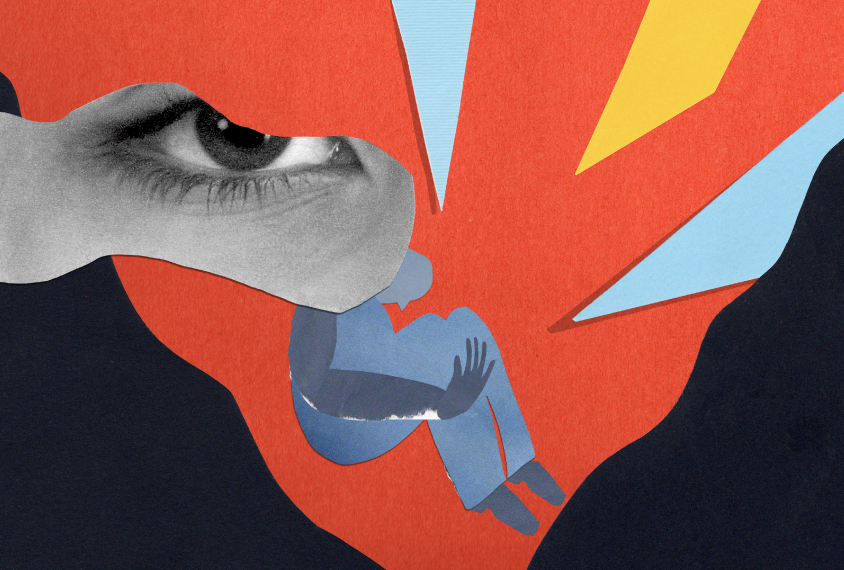
At the intersection of autism and trauma
Autism and post-traumatic stress disorder share many traits, but the connection between them was largely overlooked until now.
Last edited:

